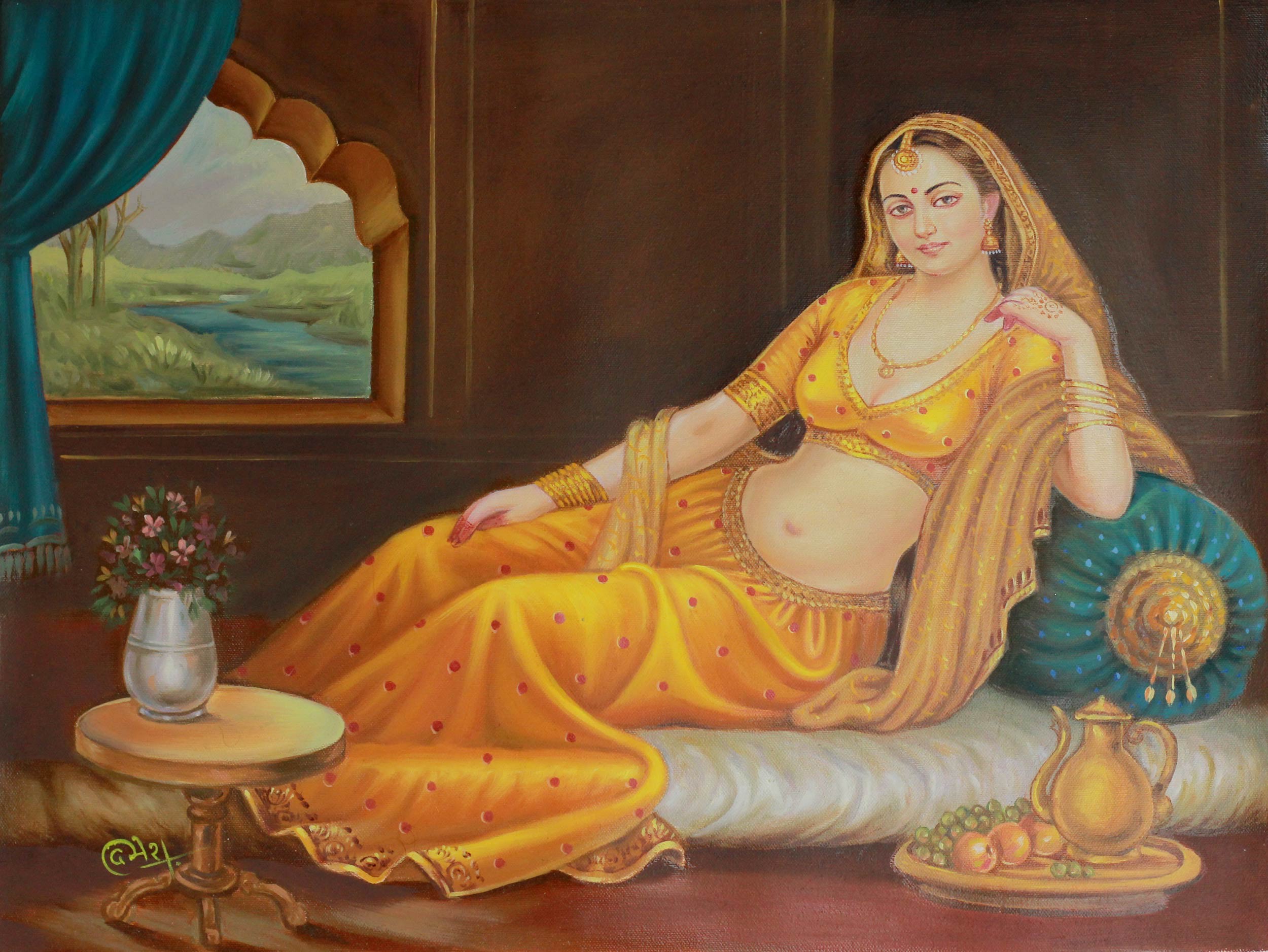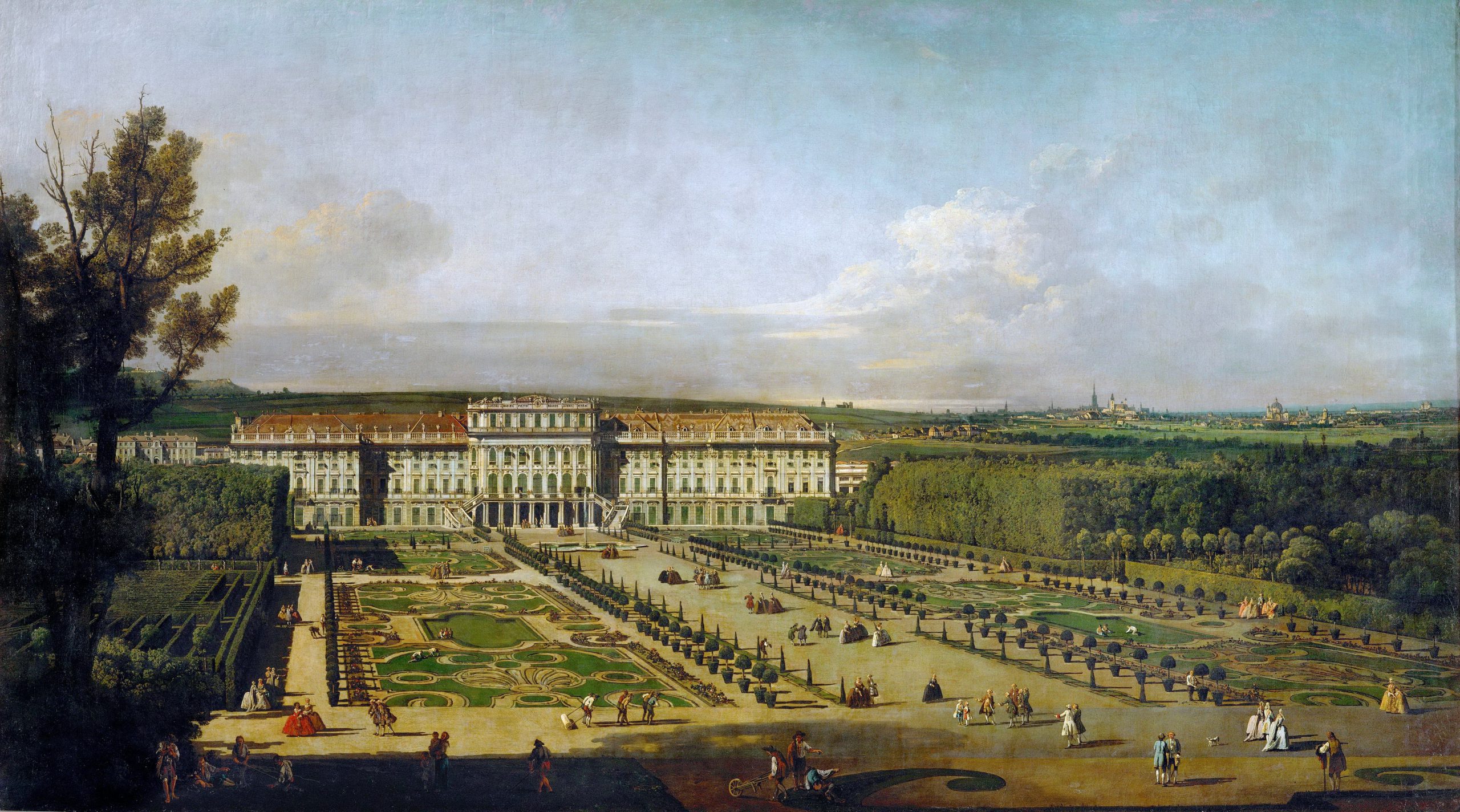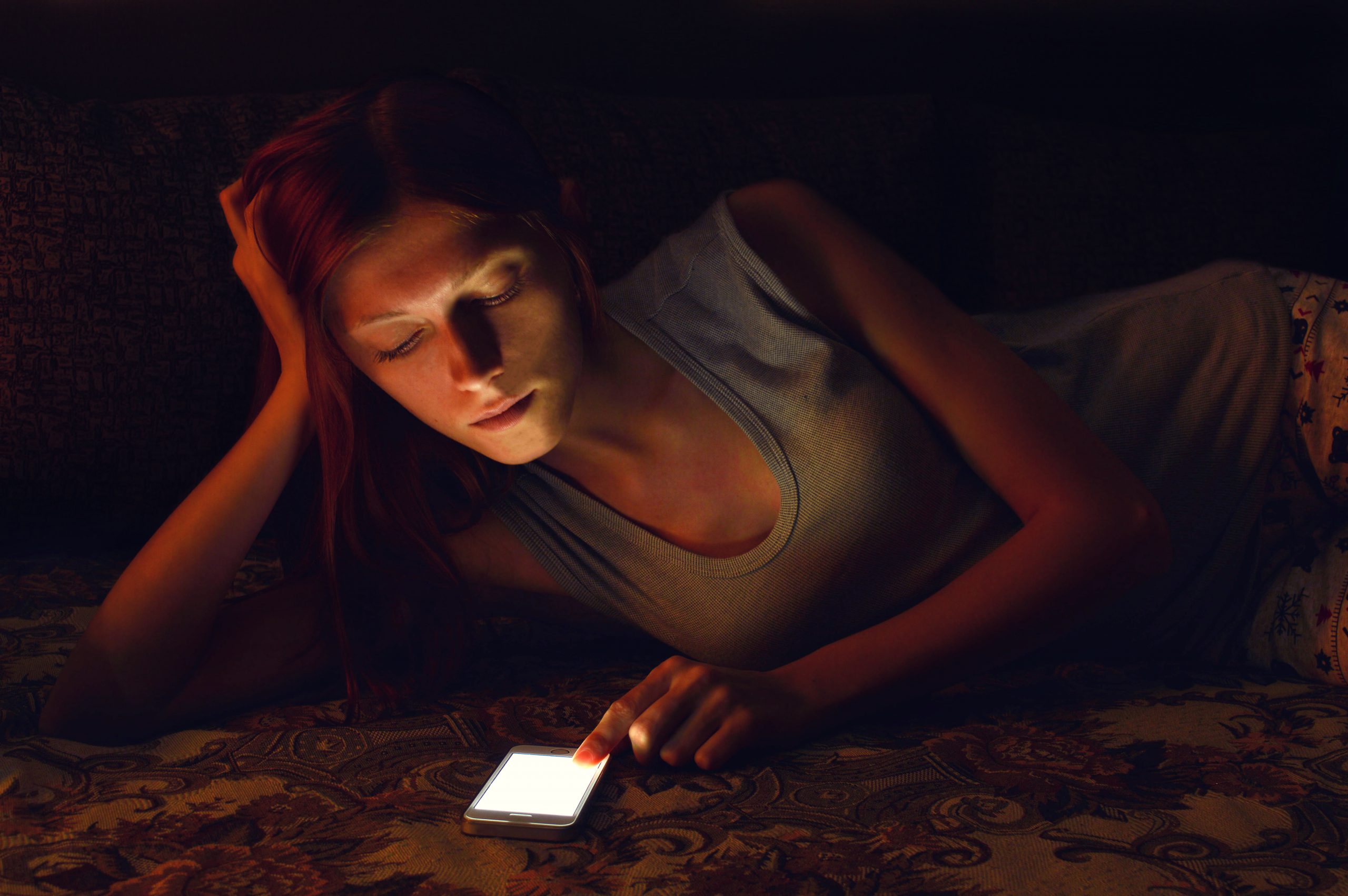
Wes Anderson has claimed recently that he does not have an aesthetic. That’s perfectly fine for him to deny, just as much as it’s fine he has a set style, a beloved collection of shots, blocking patterns, color palettes, and even vocal cadences. Rather, the issue is that his passion has led to a sameness, to which your agreement may vary. But whether one was charmed by his most recent “Asteroid City” or “The French Dispatch,” Anderson dares to evolve by taking a step back from telling blockbuster-sized stories with ensembles that many directors would kill for. Though one wishes that Netflix gave this quartet more love—instead of just dumping them one at a time last week—these shorts are the renewing jolt that Anderson (and his detractors, like yours truly) has long needed.
The shorts have a small cast of key invested players. Ralph Fiennes plays Roald Dahl in interstitial moments (seen most in “The Wonderful Story of Henry Sugar”) but also takes on beguiling, amorphous characters; so too does Dev Patel, Rupert Friend, Ben Kingsley, and Benedict Cumberbatch. Their usage in the story suggests an exciting break from how Anderson’s star-packed ensemble endeavors can weaken when every Hollywood star just wants their shot at doing “Wes Anderson Voice.” Here, we get a wide array of accents, costume changes (sometimes in the same scene), and wildly different performances from each short. We have a handful of chameleons, not caricatures, who match the athleticism of Anderson’s filmmaking with breathless monologues that whip between Dahl’s text, acting in the moment, and often look right at the camera for a soft punchline.
There’s no order to these stories, an anthology without a theatrical release or even a clean name to batch them. (At least Netflix spares us their clanging tudum before each short.) But I suggest starting with the largest one by far, the 40-minute “The Wonderful Story of Henry Sugar.” It’s the Grand Guignol of the four, with multiple performances carrying the baton of narration, blitzing through long takes (realized by cinematographer Robert Yeoman) that transport us from one life’s account inside another inside another. Eventually, it makes levitation seem humanly feasible. (Our own Glenn Kenny awarded the short film four stars.)

“The Wonderful Story of Henry Sugar” is also a good way to set up how the others will not be the same. “The Swan” has a compelling minimalism and confinement, with cinematographer Roman Coppola’s camera hurrying down narrow bush pathways as Rupert Friend takes on the speaking parts of three kids, including poor Peter Watson. Curiously, Anderson makes Friend’s narrator state that he is Peter, which isn’t in the short story. “The Swan” is my favorite of the four.
“Poison” puts Dev Patel’s eloquence in hyper-speed as he takes us through the frantic tale of a snake that might be laying on the stomach of his friend (a tense Benedict Cumberbatch). The friend’s paranoia sharply turns to anger against a gentle Hindu doctor (Ben Kingsley), creating a gut punch just like in the short story.
“The Ratcatcher” has Richard Ayoade guiding us through a strange encounter with a rat hunter (Ralph Fiennes) who knows the ugly truth about rats. It concludes with an added, morbid note that Anderson includes featuring a character named “Ole Jimmy” from a different Dahl short story from the same collection, Rummins.
Dahl wrote many shorts, but the ones handpicked and curated by Anderson have a potent focus: character-driven stories about man’s capacity for tenderness or cruelty. Emphasis on men. With hardly any other gender dynamic seen on-screen, the stories are about boys and men whose lives are often reflected with that of animals, so much so that some characters are described as animals (Fiennes’ ratcatcher in “The Ratcatcher”) or are tied to them, as with poor Peter Watson in “The Swan.” Dahl’s history of serving in the RAF remains on the margins, with little notes at the end providing context, like museum cards next to a painting, telling us about when he wrote these stories. The stories often concern violence, but do not show it.
Anderson goes back to Dahl not by comporting his style into it (as with “Fantastic Mr. Fox”) but savoring what Dahl’s words can do. In this case, he lets them provide the core energy, taking generous chunks verbatim and having his characters voice them like stage direction. The most wondrous feature of this collection of shorts is how it nonetheless honors the experience of being read a story—it’s still about inciting imagination, so some props are imaginary, and plenty of story is only shared in monologue. But you’re never quite sure when the visuals will change—if the scenery is going to change suddenly or if a prop mustache will be taken off by a main character and then given to a silent stagehand who pops in and out of the frame.

These shorts are alive in a way that’s much like theater and rarely like modern movies, including Anderson’s previous ones. But instead of Anderson putting these stories on an actual stage, now they’re short films that provide the creative limits of theater with the forced perspective but the free reign of a camera. It’s an intimate production between Anderson and the viewer, performing these stories for you, putting on a show as if you were the additional character in these stories, but silent. (Indeed, “The Ratcatcher” even has moments when it mentions “the audience”). The constant fourth wall breaking makes your part even more apparent.
These four films also look as good as any feature you’ll see this year because their production design and sets are also the transforming stars. Though the movies have some cuts (and dolly moves, tilts, zooms, and pans that stand in for cuts), they unfold as if on a single stage, albeit with backdrops moving around in the middle. The dedication of this series becomes consuming—it’s rare to see short films with such investment in backdrops and visualization. In repeat viewings, it’s worth noting how long a take runs for, with an actor filling in the other details with breathless delivery.
And as the ones who provide the props or change the scenery, the silent stagehands don’t just provide the shorts’ practical effects; they are the practical effects. It’s a personalized, vivid touch from Anderson that also makes for a different kind of crucial droll. Even though they don’t speak, and they’re not played by any of the series’ mega-stars, they are scene-stealers with some of the shorts’ best laughs.
Anderson certainly maintains his aesthetic—or whatever you want to call it—throughout the four shorts but has taken this Netflix-funded project as a means to practice something new. His passion becomes infectious, and it leads to a rare, exhilarating harmony between a wise older source and its adapting, growing filmmaker.
All four shorts are now available on Netflix.




